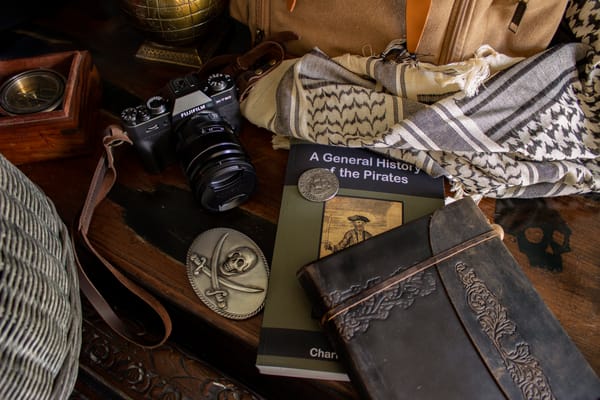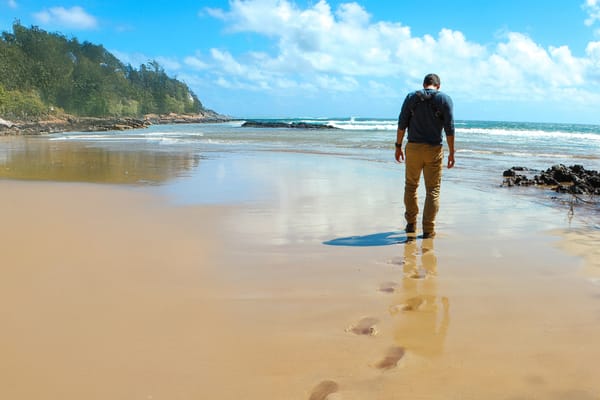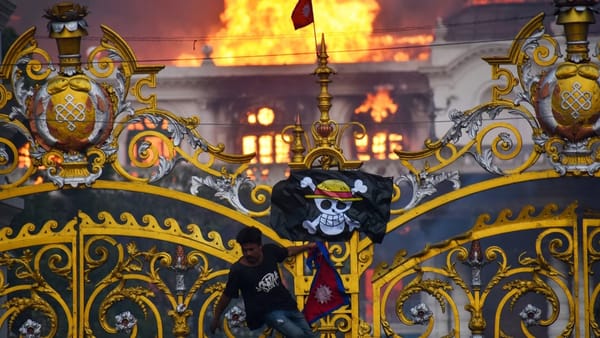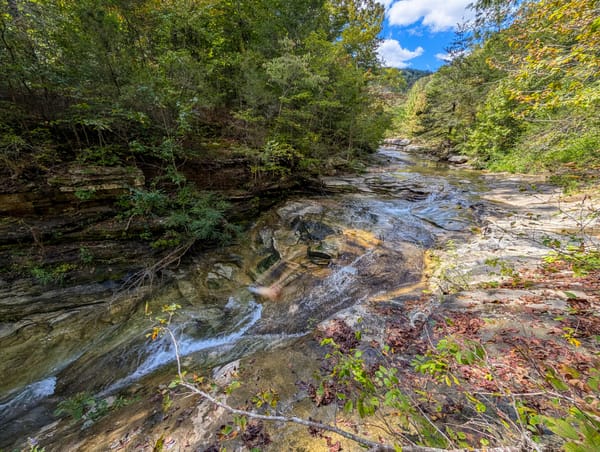Cairo: Picture the Pyramids
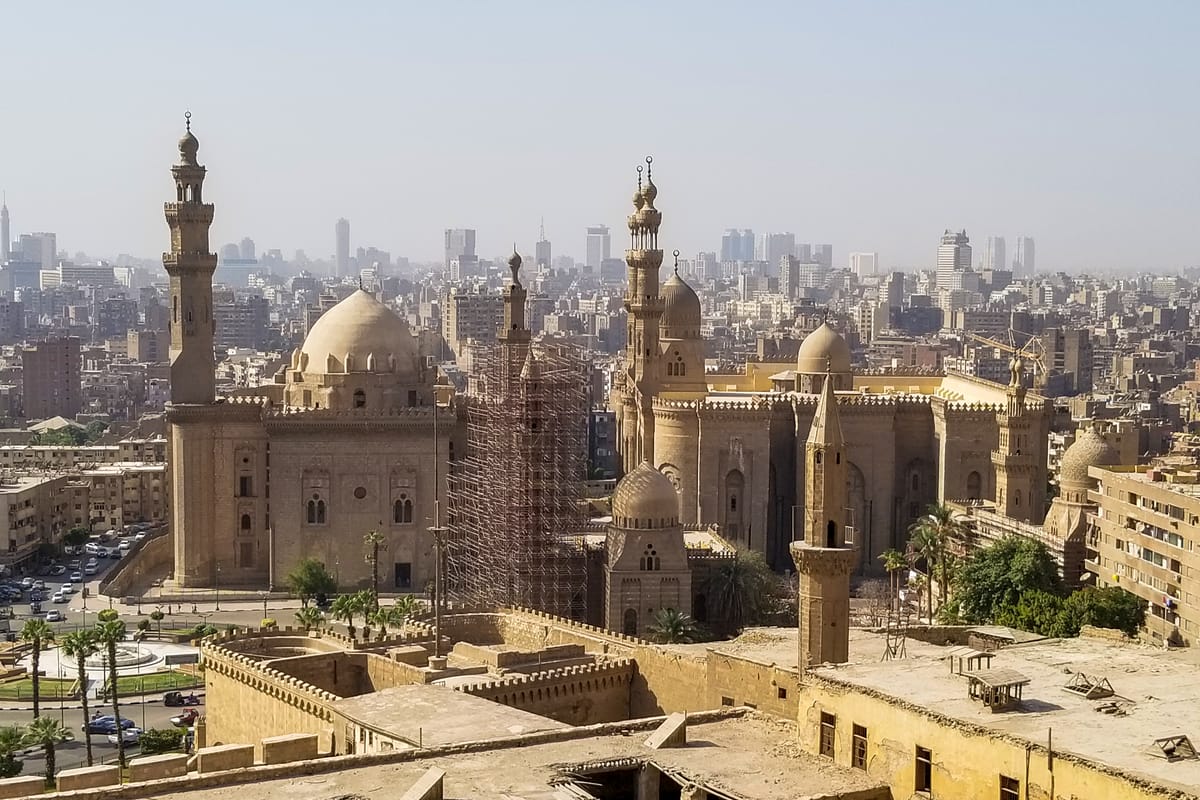
There is a lot to see in Cairo, from Coptic Churches, Citadels, and old mosques to the Khan el-Khalili bazaar and the historic Egyptian Museum. However, one site that is sure to be on every traveller’s itinerary is the Giza Plateau and the Pyramids that emerge from those sands. Guarded by the Great Sphinx, it has graced my childhood dreams for as long as I can remember. These monuments stand as a testament to the ancient Egyptians' architectural prowess and are the only remaining site belonging to the ancient Seven Wonders of the World. As we drove through the city, I caught my first glimpses of them in the distance, and my heart began to race as though I were in the company of the greatest celebrities on earth, awestruck and speechless.
The pyramids have the ability to transport you through time to an ancient land teeming with adventure. Though like the many horses that inhabit the area, you will need some well-fitted blinders to maintain that illusion. Just as the builders of the pyramids were obsessed with the angles, so too are the photographers who now visit this location. If you can manage to block out the encroaching lines of the city and the barrage of pestering street merchants, you will be treated with the smell of the great pyramids, and they smell a lot like… Pizza Hut. In fact, being just across the street from the ticket office, Pizza Hut offers the best view of the Inigmatic Sphinx. There is one truly great angle of the pyramids, which is as much about what you don’t see as it is about what you do. This is the story of my quest for a great picture of the pyramids.
Let me preface this by saying that I prefer to visit historical sites and ancient ruins that are far off the beaten path. I have been fortunate enough to explore some so remote that no one has seen them in a thousand years, such as the Mirador Basin. However, some are so iconic that despite the tour groups surrounding them like an ant hill beside a Dairy Queen, they are still worth visiting. I prefer Latin America, as well as Southeast Asia, over Europe for precisely this reason. I want to bushwhack my way to the site with a machete, not take the number 4 bus to grab a gelato and walk across the street to get in line for the Colosseum. However, I hope this story offers up some helpful tips to assist you the next time you are in a tourist trap and wish to avoid being photobombed. Yes, there is Photoshop, but if you aren't going to try to get it in camera, then you may as well buy yourself a greenscreen instead of the plane ticket in the first place.
First two tips. If you want a great picture, don’t sign up for a tour group; the idea is to avoid groups of people, not move with them in a herd. Secondly, don't travel during the Chinese New Year, because half of the Middle Kingdom will be fighting you for a spot in line. Most of the area near the Plateau is made up of shops, fast food outlets, hotels, and, oddly enough, horsetrainers. I watched from our hotel balcony as a man worked a white steed in circles around a fenced in training area. As the sun set, I went to work on my preparations.
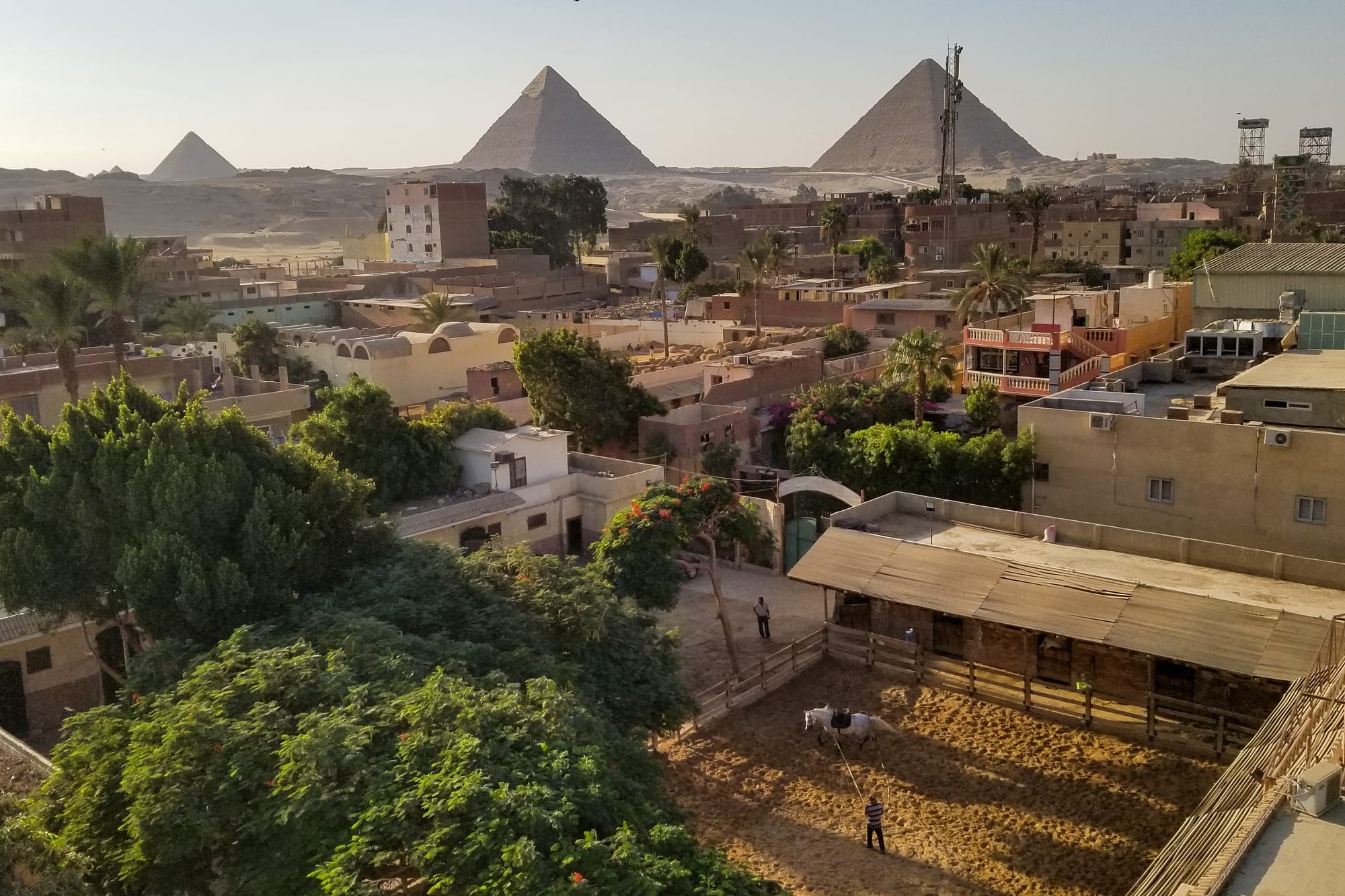
A little research solidified what I had already suspected. The Pyramids opened up to the public at 8 am, whereas the sunrise was set at 6:40 am. So, if you are new to photography, Golden Hour is just after sunrise and just before sunset. Golden Hour is important because it offers two benefits. Usually, the sun at that angle, and particularly in the morning, is more diffused by morning haze. Diffusion is why people put soft boxes on portrait lights; you get softer shadows. Trust me when I say light is 90% of photography. While Cairo doesn't have morning haze due to a lack of water, it does have morning smog, which will also serve to diffuse light. Secondly, you want your key light to be positioned above eye level up to 45 degrees above the subject. By noon, you have the light directly above you, so Golden Hour offers the best angle of light as well.
If you are lucky, you can get about 20 minutes of great light before the first tour buses start showing up. To do that, follow tip number three: be in position before the sun comes up. Now, in this case, given the opening at 8 am, this would be impossible. By 8 am, there will be a mosh pit of tourists outside the gates, akin to the gate rush at a Disney Park. If you are in that situation, no lens on earth is going to score you a great picture. Also, given the immense size of the site, I didn't want to get too close to the pyramids, so I would have to find a better vantage point.
Now the Sphinx is looking to the East, straight at Pizza Hut and the rest of the city. If you want a shot of the pyramids with a desert backdrop instead of a city skyline, you will need to take your picture from the southeast looking northwest, or the south looking north. The south is the better angle because Giza actually has smaller pyramids beside the main three, which are visible from that angle. I began looking to make arrangements to hire a 4x4 that could handle the desert terrain when, during a Google Maps search, I found a restaurant called 9 Pyramids Lounge to the south of the site, named after the extra pyramids visible from that view. It was in the middle of the desert but had a road leading up to it, so even if the restaurant wasn’t open, which would be my preference, it had a clear way to get to it for sunrise. Problem solved, or so I thought.
I was travelling with my girlfriend, Merlin. I dragged her out of bed at an ungodly hour, and we hopped in a taxi, and I gave them the address for the lounge. They drove around for a while before explaining that the lounge and all the roads leading to it are only accessible through the Giza attractions' main gate. The government had literally fenced in the entire Giza desert plateau with a high security fence. I had seen that angle in photographs before, often in advertisements for Discovery Channel shows.
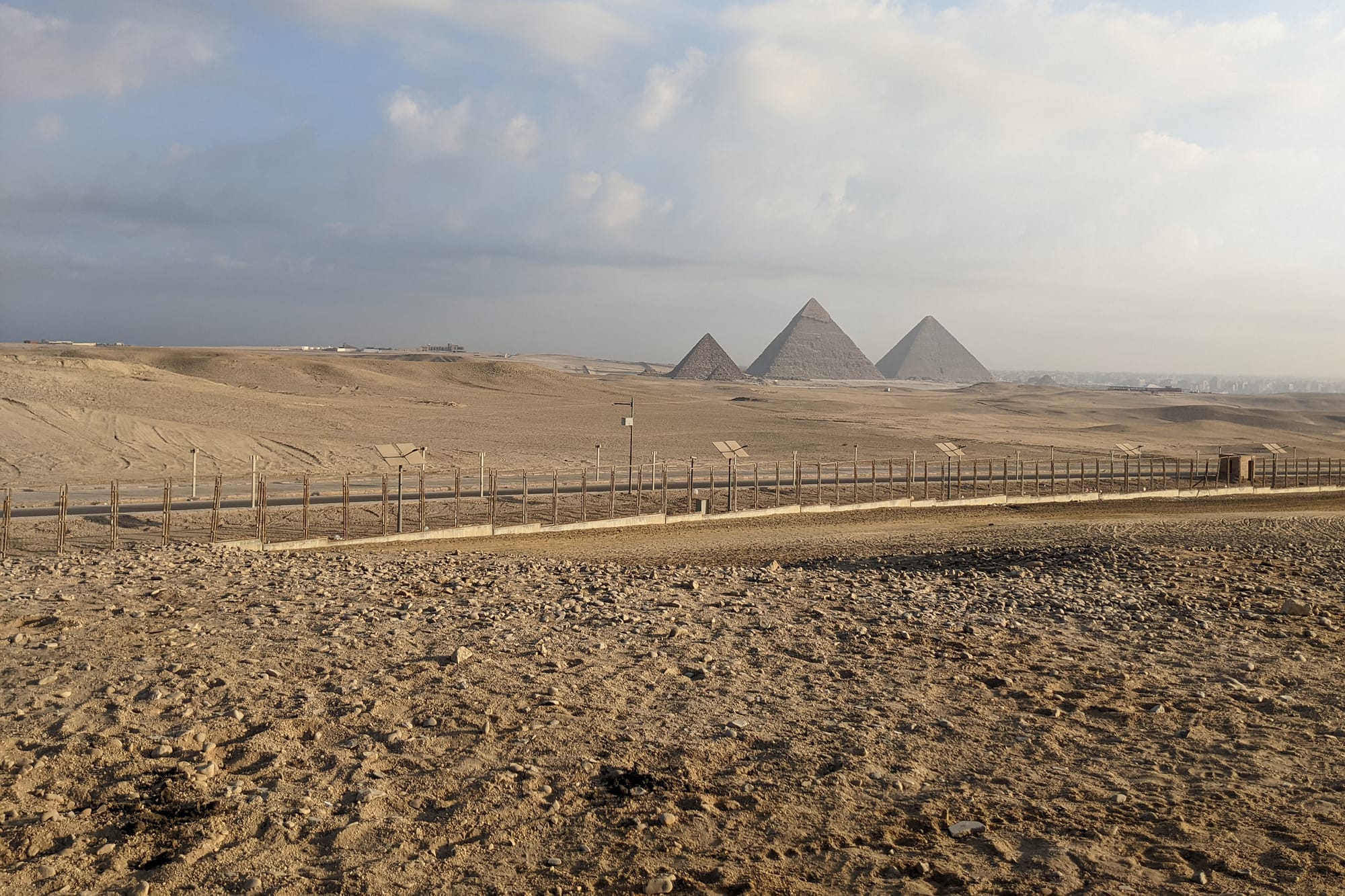
The shade of night was turning from black to purple. I was running out of time. This was just the start of a multi-day trip to many more obscure sites in Egypt; I had only that one morning and the next hour to pull this off. I suddenly remembered the horse trainers in the shanties of that neighborhood. I instructed the taxi to drop us off in that area. I literally jumped out while the taxi was still coming to a halt and ran to a young man tending to some horses. I said we need camels or horses, and that we need them quickly. He got the owner of that particular stable, and I explained the situation to him. I wanted him to take us south, along the perimeter of the security fence, and find a dune high enough that we could clear the fence below. He had a small horse-drawn carriage and said he could take us.
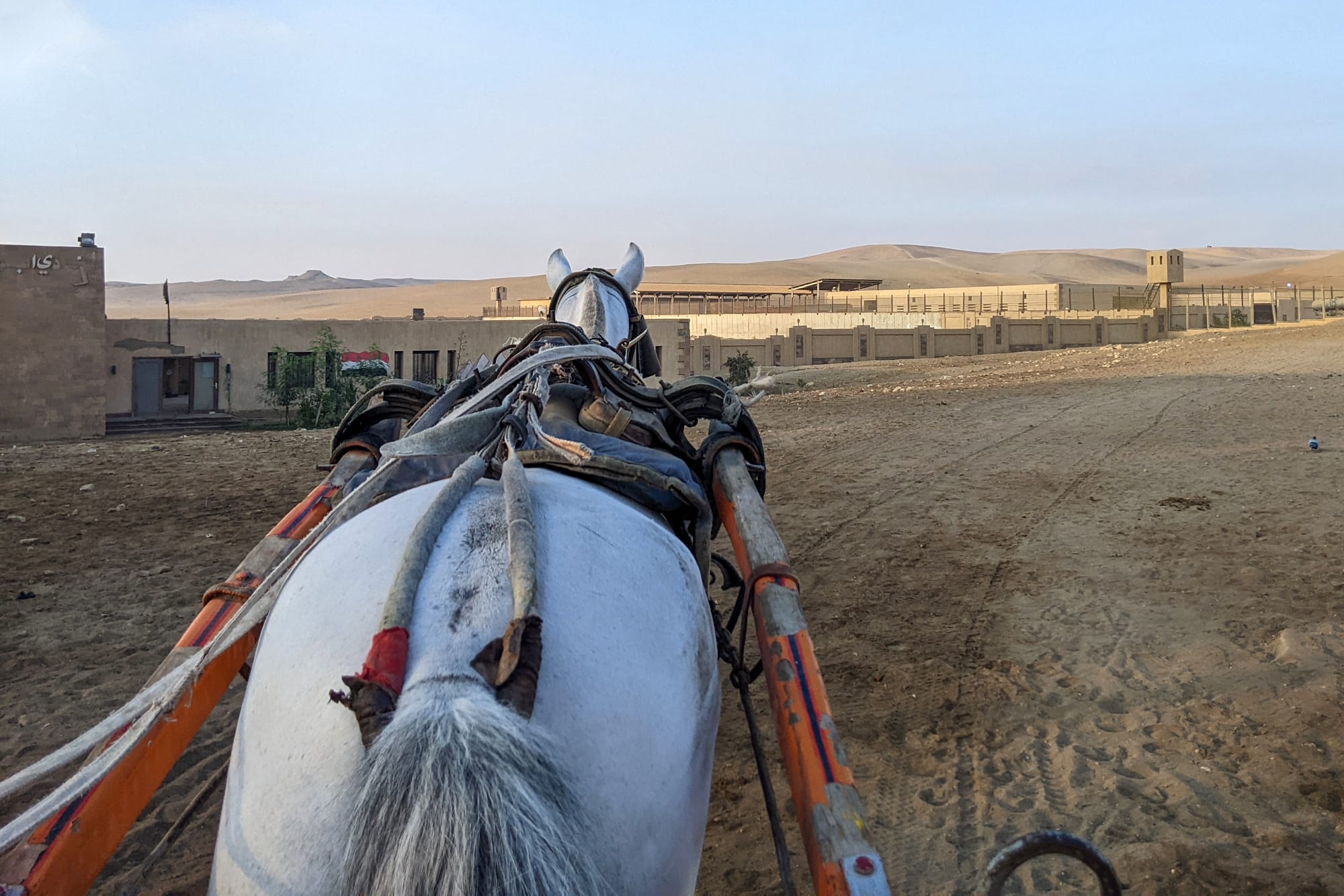
Merlin was understandably a bit nervous. My mission to get a good picture had now taken us to the back alleys of Cairo, along what looked like a maximum security fence, and into multiple checkpoints along the way. The first thing we saw was a police car, then we passed a half-rotten camel corpse. Merlin squeezed my hand; We were well out of Pizza Hut land now. Between the security points and the rising sun, I was in a tense state, to say the least. Finally, we hit a high dune, above the fenceline. Further away than I would have liked, but it would have to do.
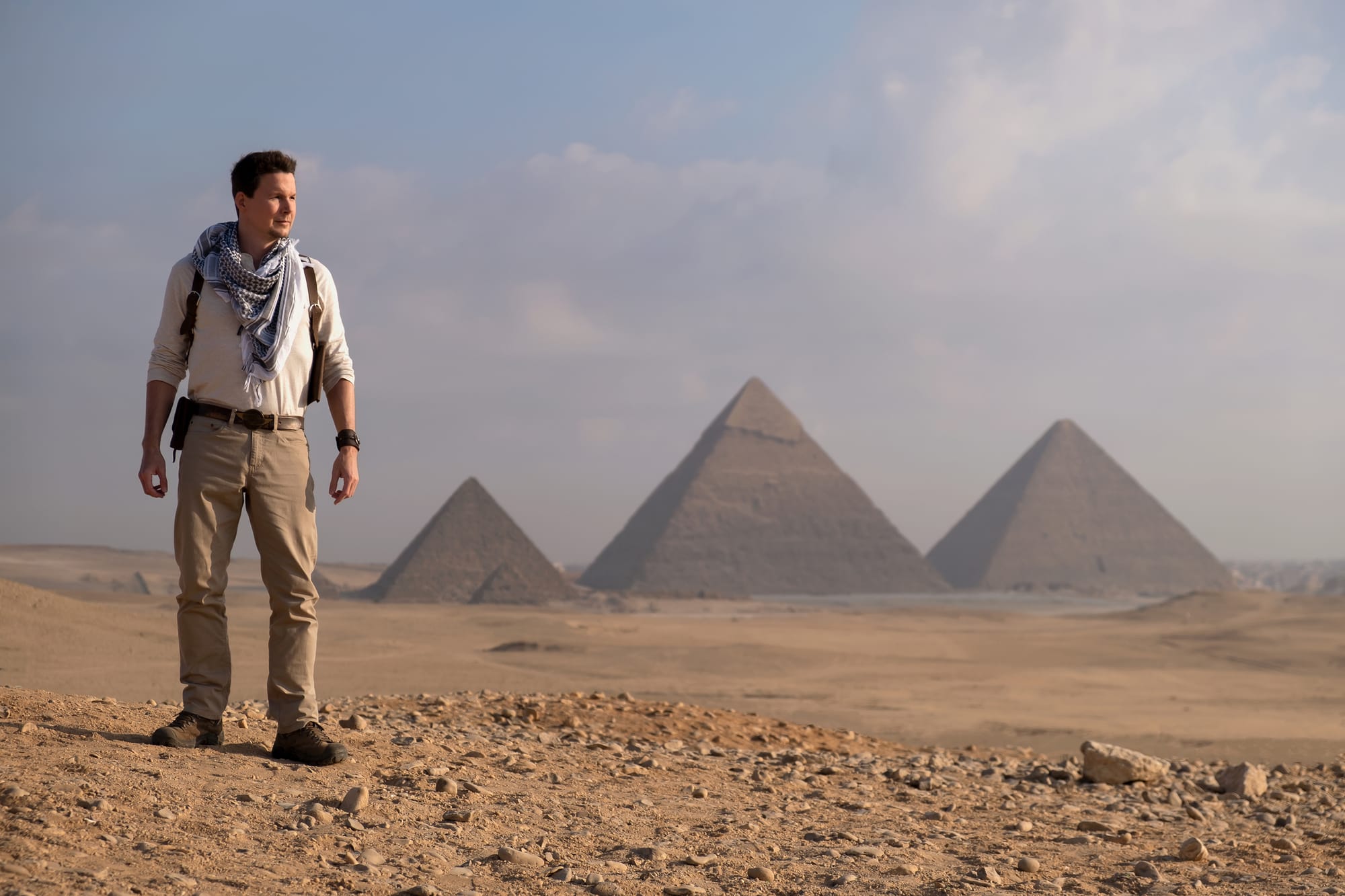
Tip number four, a telephoto lens compresses the background, making things in the distance look closer than they actually are. I walked a fair distance back and then zoomed in as far as my lens would allow. The sun was coming up from the east, so I turned my head at a 45-degree angle toward the light to get the Rembrandt lighting across my face. I quickly switched with Merlin and had her do the same. The distant pyramids were free of any tourists as the main gates had not yet opened. My mission was accomplished. With the pressure off, we headed back to the hotel, dropped off my heavier gear, and made our way back to the Plateau to explore it all up close and on foot, along with everyone else. We have many memories of our time in Cairo, but those pictures and the memory of what it took to get them stand above the rest.


